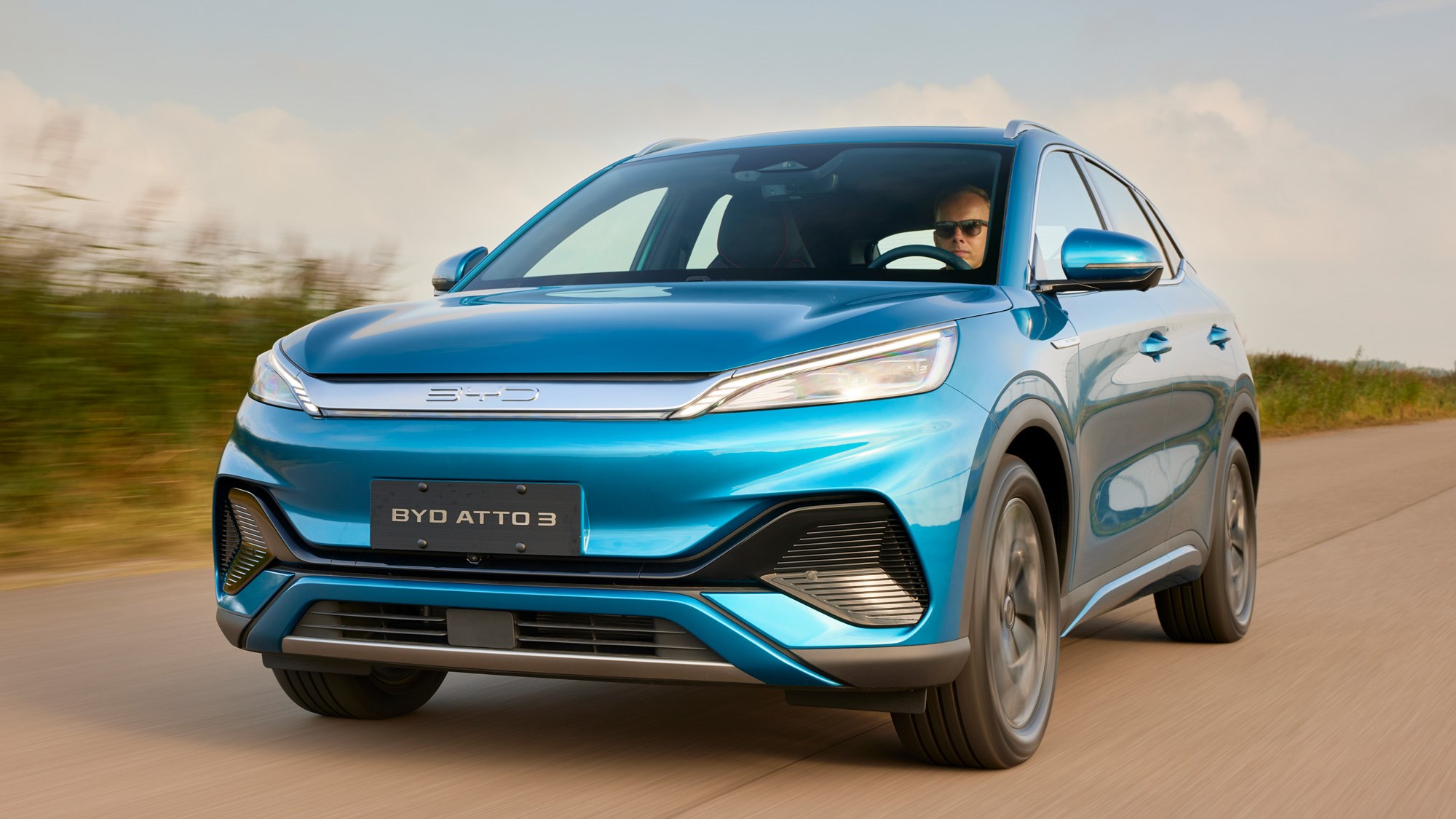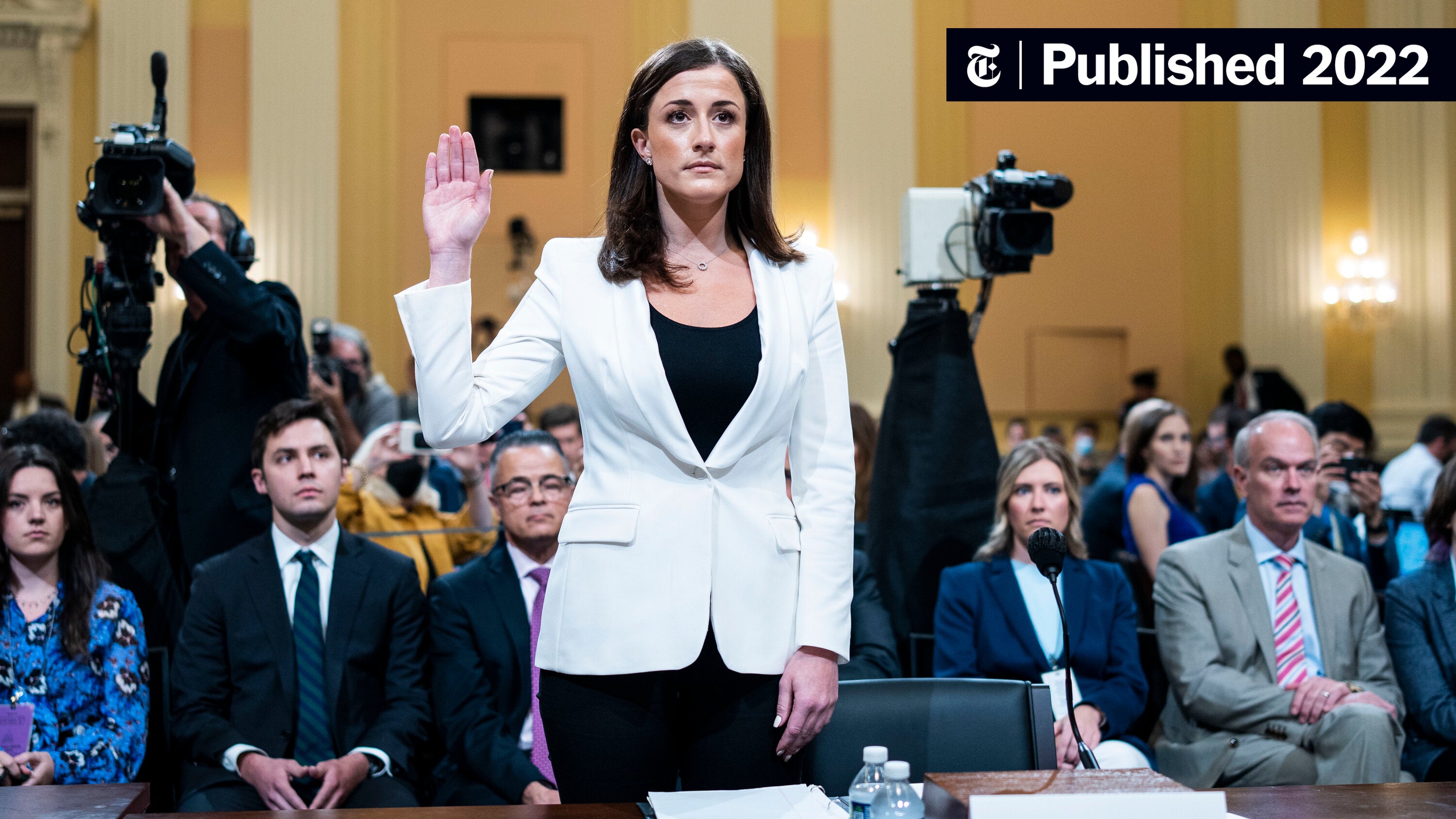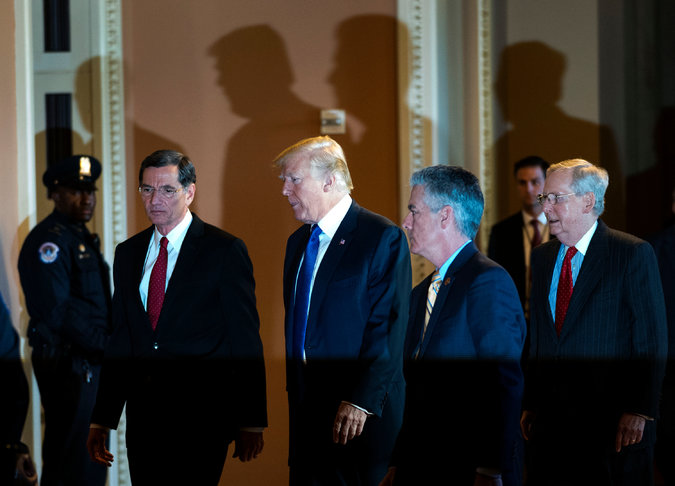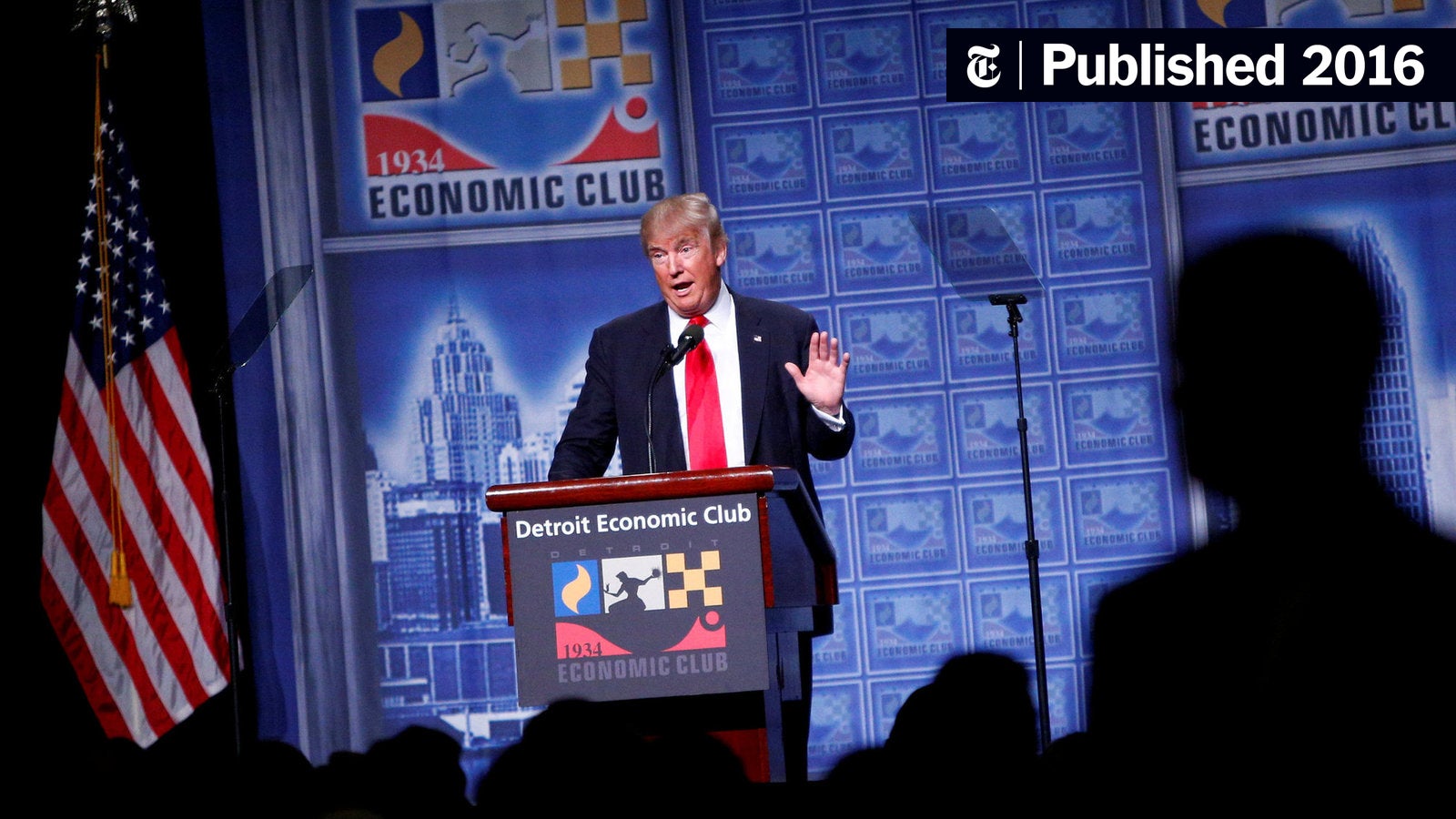Analyzing The China Market: Obstacles For Premium Auto Brands Like BMW And Porsche

Table of Contents
Intense Domestic Competition from Local Brands
The Chinese automotive market is experiencing a surge in domestically produced vehicles, posing a significant threat to established premium brands. This intense competition stems from several factors:
Rise of Domestic EV Manufacturers
Chinese electric vehicle (EV) manufacturers are rapidly gaining market share, fueled by technological advancements and government support. Companies like BYD, NIO, and XPeng are producing high-quality EVs at competitive prices, often surpassing foreign competitors in terms of features and technology.
- BYD's Han and Tang models have achieved significant sales success, challenging established luxury brands with their advanced technology and competitive pricing.
- NIO's battery swap technology and premium features are attracting a significant segment of the Chinese market, particularly among tech-savvy consumers.
- XPeng's advanced driver-assistance systems (ADAS) are appealing to consumers seeking cutting-edge technology.
- Government subsidies and tax incentives for domestic EV brands further enhance their price competitiveness. For example, certain models receive significant government rebates, making them considerably cheaper than comparable imported vehicles.
Sophisticated Chinese Consumer Preferences
Chinese consumers are increasingly discerning, demanding not only high-quality vehicles but also innovative technology, advanced features, and strong brand narratives. This sophisticated consumer base necessitates a nuanced approach to marketing and customer engagement.
- Digital marketing and social media engagement are crucial for reaching Chinese consumers. Platforms like WeChat, Weibo, and Douyin (TikTok) are essential channels for brand building and customer interaction.
- Personalized customer experiences and tailored service are highly valued. Premium brands need to adapt their customer service models to meet the unique expectations of the Chinese market.
- KOLs (Key Opinion Leaders) play a significant role in shaping consumer opinions and influencing purchasing decisions. Partnerships with influential figures are essential for building brand awareness and credibility.
Government Policies and Subsidies
Government policies play a crucial role in shaping the competitive landscape. China actively supports domestic automakers through subsidies, tax incentives, and restrictions on foreign investment.
- Substantial government subsidies for domestic EV manufacturers create a price advantage over imported vehicles.
- Tax incentives further reduce the cost of purchasing domestic vehicles, making them more attractive to consumers.
- Restrictions on foreign investment can limit the market access and expansion opportunities for premium foreign brands.
Navigating Regulatory and Infrastructure Challenges
Beyond competition, premium auto brands face significant regulatory and infrastructural hurdles in the Chinese market.
Stringent Emission Standards and Regulations
China has implemented increasingly stringent emission standards and safety regulations, requiring substantial investment and adaptation from foreign automakers.
- Compliance with China's stringent emission standards (e.g., the upcoming CAE6b standards) requires significant R&D investment and technological adaptation.
- The certification process for new vehicles is complex and time-consuming, adding to the challenges faced by foreign automakers.
- Meeting safety regulations demands substantial investment in testing and certification, further increasing the cost of bringing vehicles to market.
Charging Infrastructure for EVs
The uneven development of charging infrastructure across China presents a significant challenge for premium EV adoption. Range anxiety remains a concern for many potential buyers.
- Regional disparities in charging infrastructure availability are considerable. While major cities have relatively robust charging networks, rural areas often lack sufficient charging stations.
- The lack of standardization in charging technologies can also create challenges for EV users.
- Investment in building a nationwide, reliable charging network is crucial for increasing EV adoption rates.
Import Tariffs and Taxes
High import tariffs and taxes significantly impact the pricing and profitability of premium imported vehicles, making them less competitive against domestically produced alternatives.
- High import duties increase the final cost to consumers, reducing the affordability of premium imported vehicles.
- Taxes on luxury goods further contribute to the higher price point of premium imports.
- These added costs make it challenging for premium brands to compete on price with domestic manufacturers.
Understanding the Unique Cultural Landscape
Successfully operating in the Chinese market necessitates a deep understanding of the unique cultural landscape and consumer preferences.
Building Brand Trust and Reputation
Establishing strong brand credibility and trust is paramount in the Chinese market. This requires a long-term commitment to building relationships with consumers and demonstrating a commitment to the local market.
- Localized marketing strategies are essential for resonating with Chinese consumers. This includes adapting marketing messages and campaigns to align with local cultural values and preferences.
- Partnerships with local businesses can help build trust and enhance brand credibility.
- Effective public relations and proactive communication are essential for managing brand reputation and addressing consumer concerns.
Adapting Marketing Strategies for the Chinese Consumer
Marketing campaigns need to be tailored to resonate with the values and preferences of Chinese consumers, leveraging the appropriate digital channels and influencers.
- A deep understanding of digital marketing channels, including WeChat, Weibo, and Douyin, is crucial for reaching target audiences.
- Effective use of social media platforms is essential for engaging with consumers and building brand loyalty.
- Celebrity endorsements and KOL collaborations can significantly boost brand awareness and influence purchasing decisions.
Conclusion: Overcoming Obstacles in the China Market for Premium Auto Brands
Analyzing the China market reveals a complex and challenging environment for premium auto brands. Intense domestic competition, stringent regulations, and cultural nuances require significant adaptation and strategic planning. Successfully navigating this dynamic market demands a deep understanding of consumer preferences, effective localization strategies, and a robust approach to overcoming regulatory hurdles. Further research and strategic planning are crucial for premium auto brands seeking sustainable growth in this dynamic and crucial market. Thorough analysis of the China market is no longer optional—it's essential for long-term success.

Featured Posts
-
 Analyzing The Effectiveness Of Film Tax Credits In Minnesota
Apr 29, 2025
Analyzing The Effectiveness Of Film Tax Credits In Minnesota
Apr 29, 2025 -
 Dsp Signals Caution Indian Stock Market Concerns Prompt Cash Increase
Apr 29, 2025
Dsp Signals Caution Indian Stock Market Concerns Prompt Cash Increase
Apr 29, 2025 -
 Twins Win 6 3 Over Mets Taking Middle Game Of Series
Apr 29, 2025
Twins Win 6 3 Over Mets Taking Middle Game Of Series
Apr 29, 2025 -
 Humanitarian Crisis In Gaza Israel Urged To Lift Aid Restrictions
Apr 29, 2025
Humanitarian Crisis In Gaza Israel Urged To Lift Aid Restrictions
Apr 29, 2025 -
 Cassidy Hutchinson Jan 6 Hearing Testimony To Become Fall Memoir
Apr 29, 2025
Cassidy Hutchinson Jan 6 Hearing Testimony To Become Fall Memoir
Apr 29, 2025
Latest Posts
-
 The Impact Of Zombie Office Buildings On Chicagos Real Estate Market
Apr 29, 2025
The Impact Of Zombie Office Buildings On Chicagos Real Estate Market
Apr 29, 2025 -
 Key Republican Groups Threaten To Block Trumps Tax Bill
Apr 29, 2025
Key Republican Groups Threaten To Block Trumps Tax Bill
Apr 29, 2025 -
 Zombie Buildings In Chicago Understanding The Office Real Estate Collapse
Apr 29, 2025
Zombie Buildings In Chicago Understanding The Office Real Estate Collapse
Apr 29, 2025 -
 Can Trumps Tax Cuts Survive Internal Republican Opposition
Apr 29, 2025
Can Trumps Tax Cuts Survive Internal Republican Opposition
Apr 29, 2025 -
 Chicagos Office Market Meltdown The Rise Of Zombie Buildings
Apr 29, 2025
Chicagos Office Market Meltdown The Rise Of Zombie Buildings
Apr 29, 2025
